Why Interior Design Needs AI
In the modern age, businesses spanning multiple different industries have adopted artificial intelligence (AI) to speed up processes, make accurate decisions, and provide a better user experience for customers. AI has grown so significantly that predictions now state the market will be worth a staggering $390.9 billion by 2025.

While AI is growing in dominance in the science and tech worlds, the creative space has yet to fully embrace AI capabilities. Interior design has traditionally been an offline sphere, prioritizing imagination, human interactions, and trial-and-error steps. However, a handful of companies - including DecorMatters - have pioneered AI in interior design and are already seeing a number of benefits. From closing the gap between professional designers and everyday clients, to actually facilitating innovation, here's why interior design needs AI solutions:
To empower clients
AI works by combining large amounts of data with fast, iterative processing and intelligent algorithms (a sequence of instructions on a computer that learns by problem-solving). In interior design, these algorithms can utilize historic data around a client's tastes, preferences, and price range to connect them with appropriate experts. Clients don't have to spend hours researching the right person, instead, they can be provided with referrals in seconds.

At the same time, AI can analyze and remember insights from thousands (possibly even millions) of photos and content. It can then use this information to advise clients on how to style, pair, position, decorate, and much more within their home. For example, AI could detect that images for summer home interior design all feature white walls, wooden furniture, and natural light, and so suggest similar design techniques.
Another benefit for clients is getting on-demand design tips via chatbots. Chatbots powered by AI can answer questions in real-time, so clients have 24/7 access to help if needed. Not to mention, AI can completely personalize online client interactions, making recommendations, suggesting accounts to follow, and tailoring all messaging.
To support experts
Burnout is all too common among interior designers who often have long hours and juggle a heavy workload. AI can reduce stress by streamlining projects and taking over time-consuming tasks. For instance, AI software supports lead generation, finding retail partners, price setting, and more manual actions like calculating room measurements and tracking orders.
Elsewhere, because AI computes and organizes vast amounts of data, interior designers can use the technology to appoint their time and resources more efficiently - gone are the days of sifting through sheets of client papers and email correspondence.
By moving communication online and automating responsibilities, AI delivers a level of consistency to the overall interior design procedure. In the current COVID-19 pandemic, where in-person meetings are restricted, AI has been integral in protecting projects from being disrupted and making sure that designers can continue working.
To visualize home renovations
Arguably the most impressive progression in interior design due to AI is 3D home rendering. Taking 'synthetic data' from 3D models of objects, AI can build virtual rooms with a scope of different lighting conditions, backgrounds, and camera angles.

This data combined with augmented reality (AR) can construct life-like room layouts, including furniture and other small details. The DecorMatters app is one of the few options available to automate design in this way and pair AI with AR to visualize changes before they are made in reality. Considering an interior designer costs, on average, $6,550, being able to see and play with designs from an early stage allows users to have a clearer idea of what they want. It also lets clients explore other cheaper avenues to renovate their space.
An AI future
There are fears that AI could eclipse creativity in interior design and establish a more formulaic mode of refurbishing. However, the very opposite is true. If both clients and experts have the correct tools to experiment more freely and access inspirational content that they may otherwise not have seen, there are far greater artistic influences at play.

In fact, AI is currently being used to understand the nuances in how different cultures around the world decorate. By uncovering insights from massive amounts of data, people can tap into new types of interior design and welcome a whole host of novel aesthetics. No doubt, AI has a very promising future in interior design - and in your home too.
The future of interior design is here.
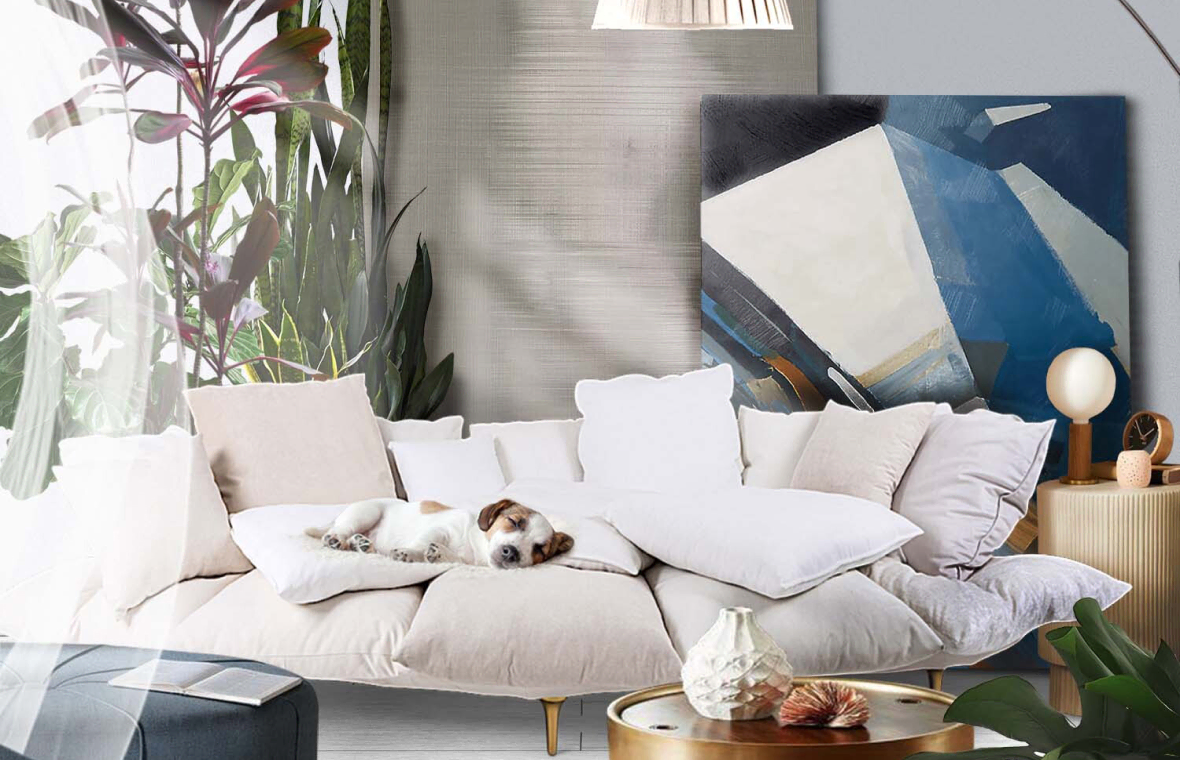
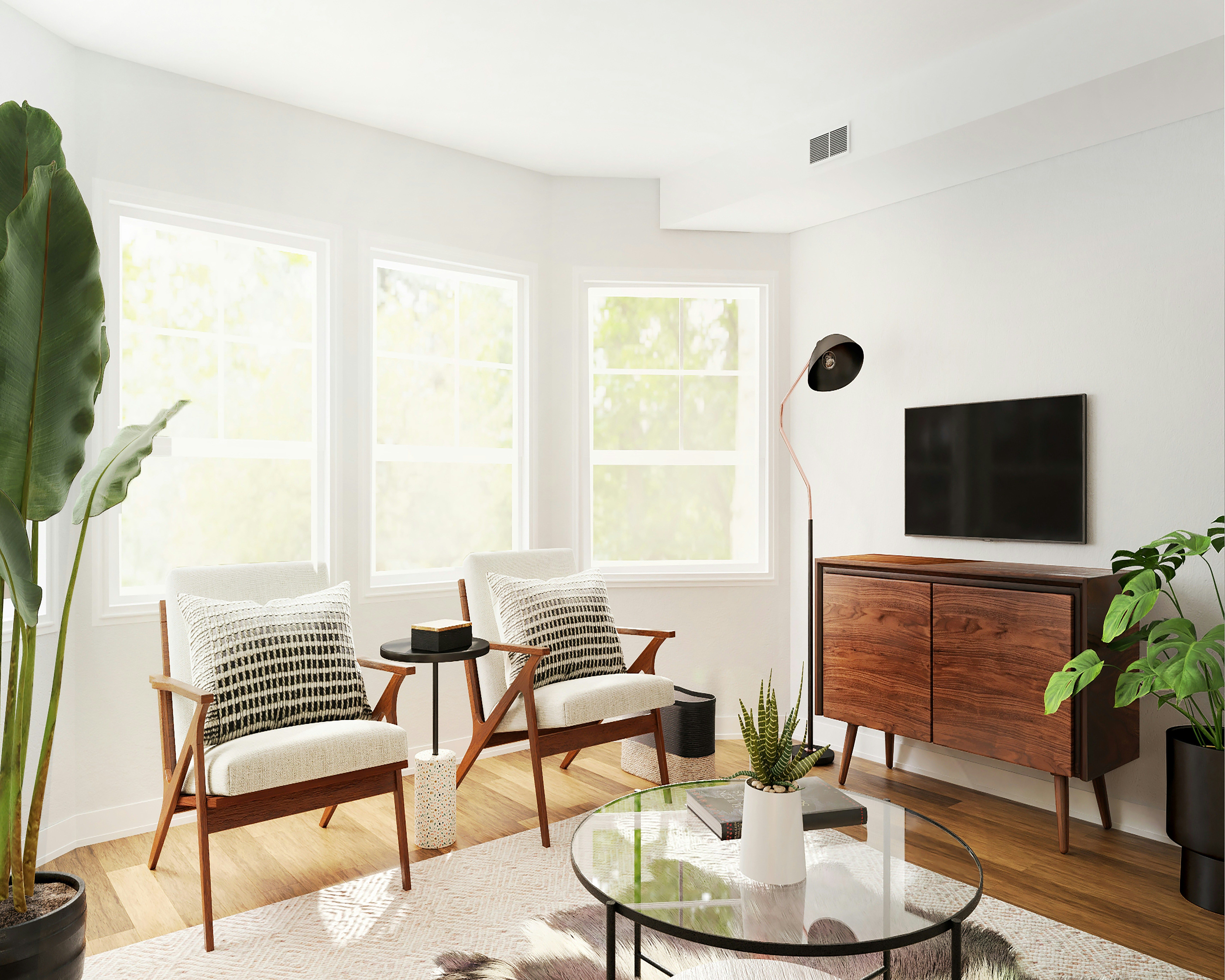
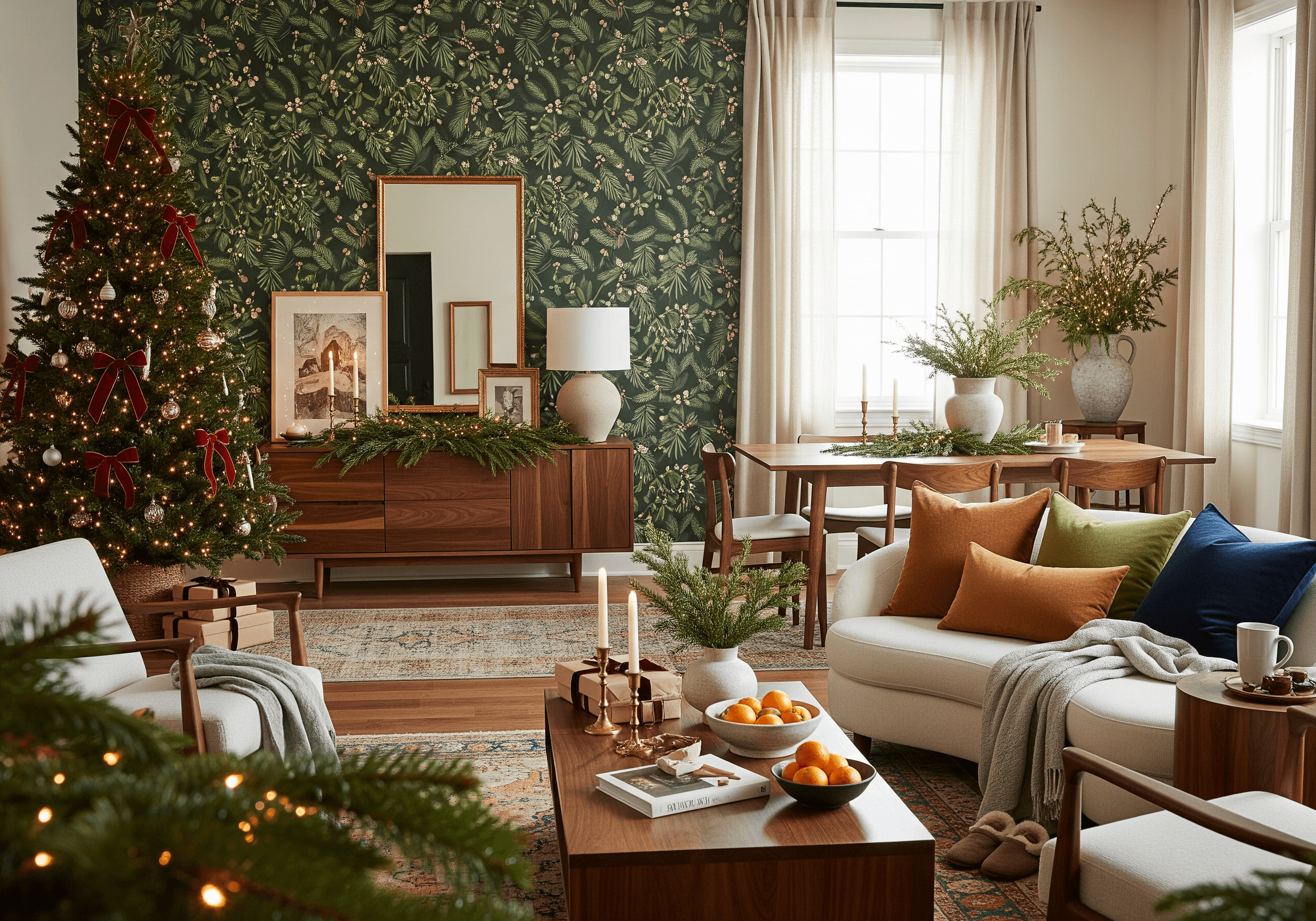
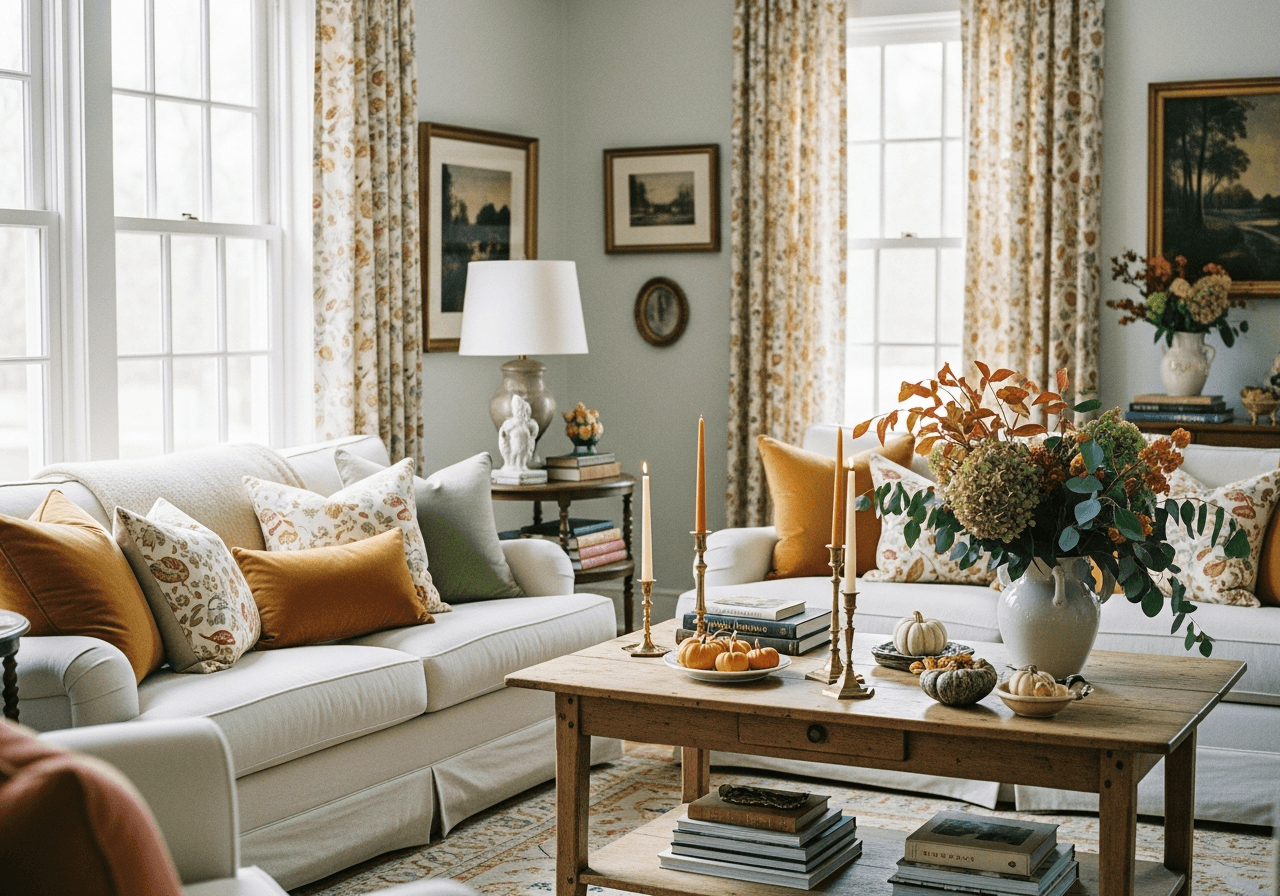
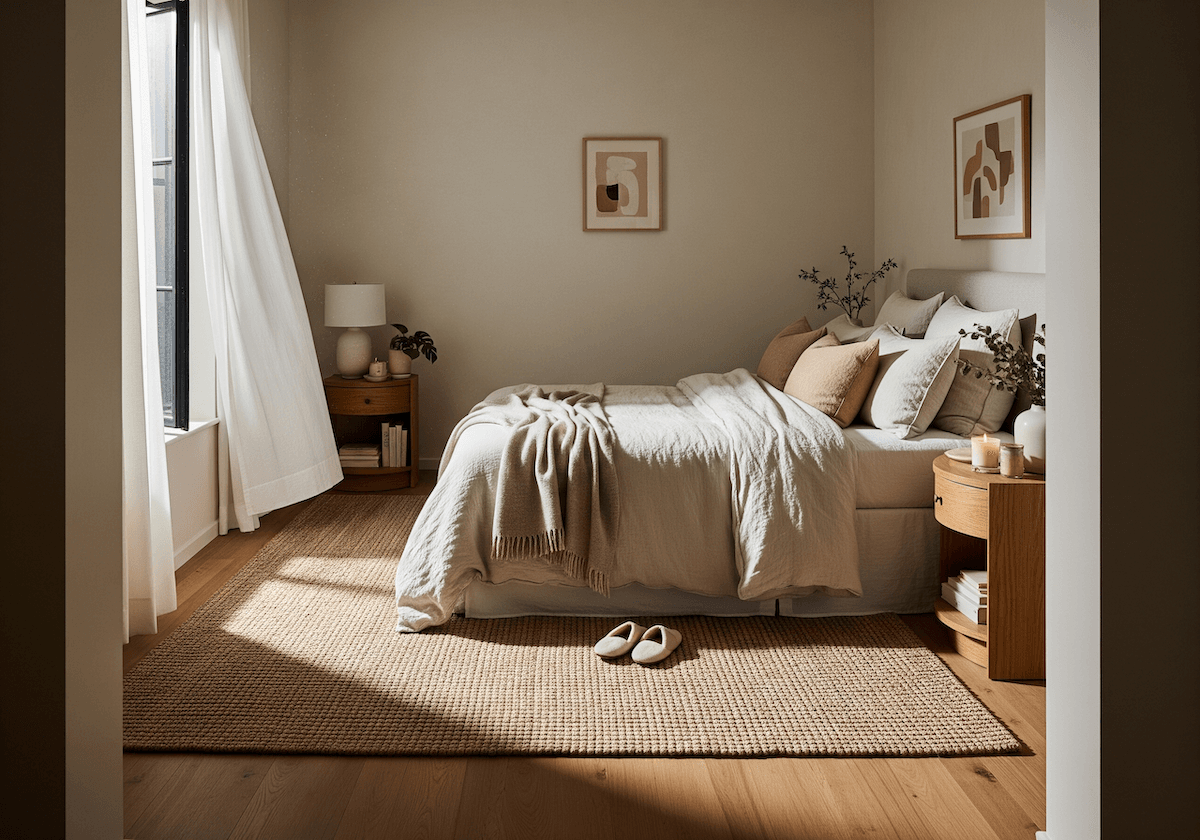




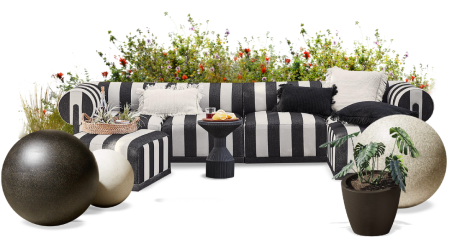
 20h left
20h left




